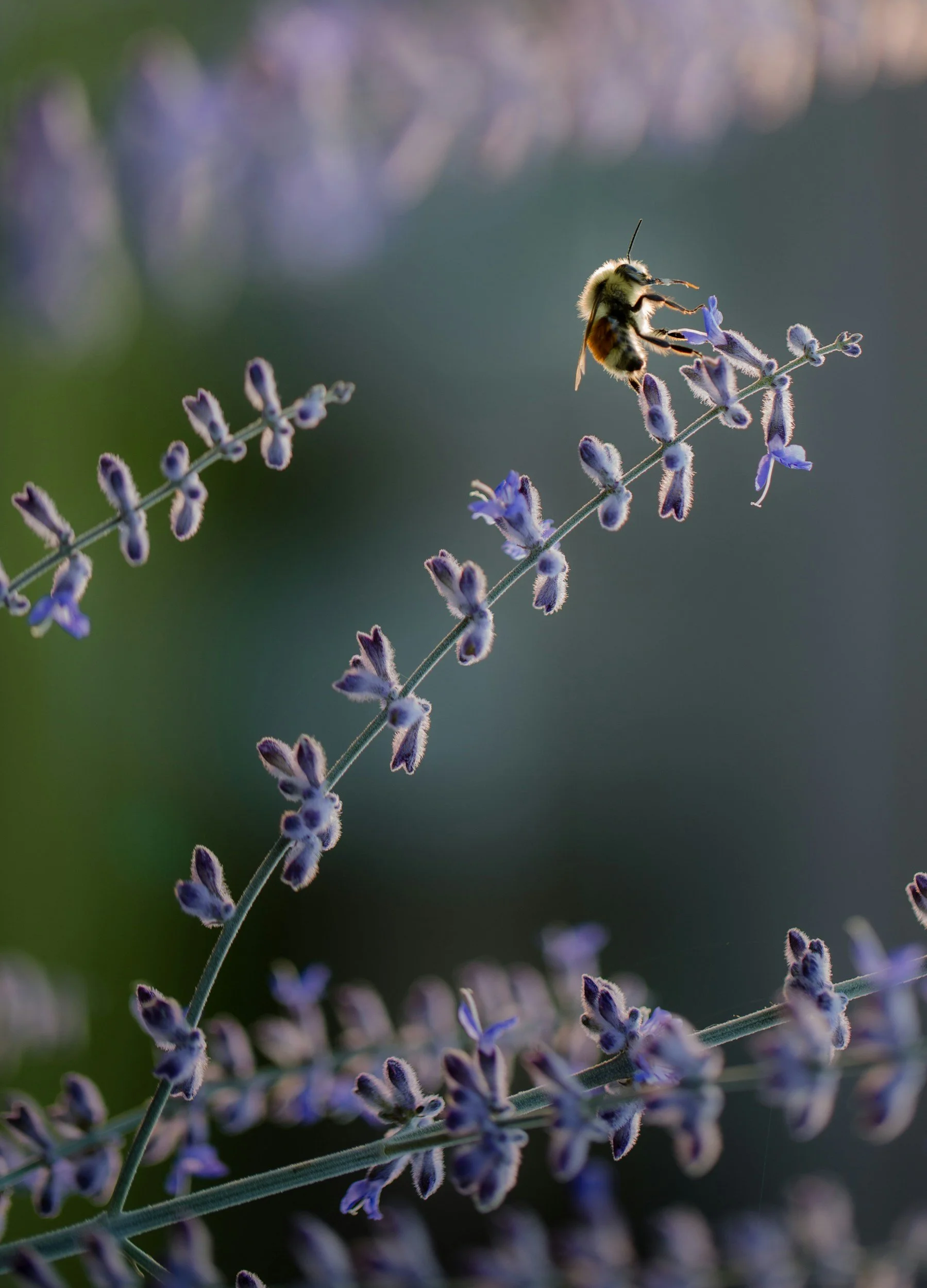Out with the lawn and in with the pollinator garden
Name: Mr. Beeson
Age: 21 days
Height: 18mm
Weight: 200mg
Occupation: Worker bee/ Pollinator, All round good bloke
Replace my lawn with a pollinator garden, huh?
Pollinator gardens aren’t just a trend, they’re a required culture change, especially for Australians. As a nation, we have adopted the Western idealised green lawn,and it’s even a sense of pride for some, but for most of us, we don’t even know why.
Why has a perfectly maintained lawn, constantly mowed, weeded, trimmed, and sometimes sprayed, become the standard? You're not alone if you're like me and grew up where this is the norm without really questioning it. But it's worth asking: Where did this tradition come from, and is it still the best option, and might it be time to rethink it in favour of something more sustainable and beneficial?
The modern lawn traces its roots to 17th-century European aristocracy, where perfectly manicured grass areas around estates were symbols of wealth and power, as only the affluent could afford the labour to maintain them. Inspired by English and French formal gardens, lawns grew in popularity in the 18th and 19th centuries. With the invention of the lawn mower in 1830 and the rise of suburban development in post–World War II America, lawns became a widespread feature of Western homes, symbolising order, leisure, and property pride.
Let’s start with why lawns are still so common. For starters, they look good when freshly mowed, offering a lush space to take the shoes off, kick the footy around, or play with the dog. But there’s a downside. Whether you maintain it yourself or hire someone else, lawns cost time and money. More importantly, the biggest cost isn’t just personal, it’s environmental. The impact of maintaining traditional lawns takes a toll on our local ecosystems and natural resources.
The valuable space lawns occupy could be transformed into a biodiverse garden built to attract birds, bees, and a wide range of beneficial pollinators. In many suburban areas, biodiversity is declining rapidly due to excessive built-up concrete areas, widespread use of pesticides and herbicides like glyphosate, and a lack of native plant variety. As a result, pollinator populations are shrinking. The good news is that we can all help by planting a pollinator garden, which reduces the risks of pests and diseases and thus the need for glyphosate or a lawn mower!
So, what is a pollinator garden? And how can I get one?
A pollinator garden includes a wide variety of flowering plants that provide food and habitat for pollinating insects like bees, butterflies, moths, beetles, and birds. These pollinators play a crucial role in healthy ecosystems by helping plants reproduce, transferring pollen from one flower to another. This leads to the production of fruits, seeds, and a thriving bee population.
A well-planned pollinator garden includes a mix of native plants that bloom at different times throughout the year, ensuring a consistent source of nectar and pollen. By attracting and supporting pollinators, these gardens help maintain biodiversity and improve the health of surrounding plant and animal communities, making them an integral part of restoring balance in suburban and urban areas.
Do I have to get rid of my lawn?
No. Of course, there are perks to having a lawn. The question is just this: How big does it need to be? Maybe start by reducing its size. Think less lawn, less maintenance, more birds and bees.


